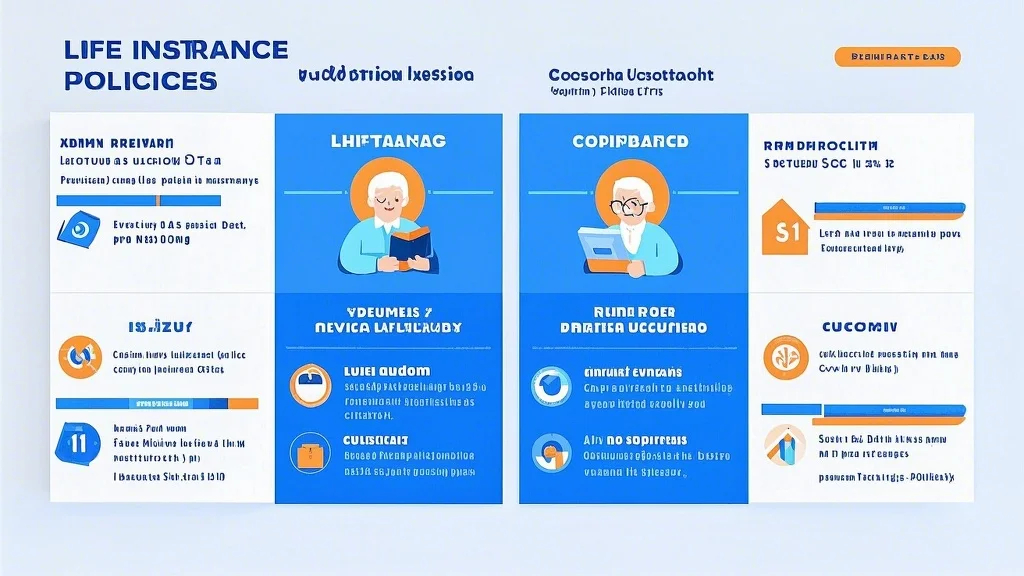Struggling with credit card debt can feel like an overwhelming burden, but it doesn’t have to be your reality forever. In this comprehensive guide, we’ll walk you through the journey of credit card debt relief, offering practical strategies, expert advice, and real-life insights to help you regain control of your finances. Whether you’re just starting to tackle your debt or looking for a fresh perspective, this article will serve as your roadmap to financial freedom.

Credit card debt relief, financial freedom, debt management, credit card debt help, debt reduction strategies, financial independence.
Understanding the Cycle of Credit Card Debt and the Path to Financial Freedom
For many, credit cards are a double-edged sword. They offer convenience, flexibility, and even rewards, but when used irresponsibly, they can quickly spiral into a cycle of debt that feels impossible to escape. High interest rates, minimum payments that barely dent the principal, and the psychological phenomenon of “spender’s bias” all conspire to keep you trapped in a cycle of debt.
But here’s the good news: debt relief is possible. With the right mindset, strategies, and support, you can break free from the chains of credit card debt and finally achieve financial freedom. This journey starts with understanding the problem and taking the first steps toward a brighter financial future.
1. The Cycle of Credit Card Debt
Credit card debt isn’t just a matter of owing a few dollars; it’s a cycle that can trap you for years if left unchecked. When you use a credit card, you’re essentially borrowing money from the card issuer, agreeing to pay it back with interest. The problem arises when you only make the minimum payment each month. This small payment covers the interest and a tiny portion of the principal, leaving the balance to grow over time.
For example, if you owe $5,000 on a credit card with an 18% APR and make only the minimum payment each month, it would take you over 33 years to pay off the debt, and you’d pay over $20,000 in interest alone. This cycle is designed to keep you in debt, but it doesn’t have to control your life.
2. Why Financial Freedom is Within Reach
The first step toward financial freedom is recognizing that you’re not alone. Millions of people worldwide struggle with credit card debt, but many have successfully navigated their way out. The key to their success? A combination of financial literacy, disciplined spending, and strategic debt repayment.
Financial freedom isn’t about having no debt; it’s about having the financial flexibility to make choices without being constrained by obligations. It’s about living within your means, saving for the future, and enjoying the present without fear of financial hardship.
3. Key Steps to Start Your Journey to Debt Relief
Breaking free from credit card debt begins with small, actionable steps:
Track Your Expenses: Understanding where your money is going is the first step to managing your finances. Use budgeting apps or spreadsheets to track every purchase and identify areas where you can cut back.
Prioritize Essential Expenses: Make a list of your essential expenses (rent, utilities, groceries, etc.) and ensure these are covered before anything else. Non-essential spending can wait.
Review Your Debt: Sit down and list all your credit card balances, interest rates, and minimum payments. This will give you a clear picture of what you’re dealing with and help you create a repayment plan.
Negotiate Lower Interest Rates: Many credit card companies are willing to reduce your interest rates if you call and ask. A lower interest rate means more of your payment goes toward the principal, reducing your debt faster.
4. Debt Relief Programs: Are They Right for You?
If you’re feeling overwhelmed by multiple credit card debts, consider exploring debt relief programs. These programs can help you consolidate your debts, reduce interest rates, and create a structured repayment plan. Some of the most popular options include:
Debt Management Plans (DMPs): These plans involve working with a credit counseling agency to negotiate lower interest rates and payment terms with your creditors. You make one monthly payment to the agency, which distributes it among your creditors.
Debt Settlement: In this option, you negotiate with creditors to pay a lump sum or reduced amount to settle your debt. This can be risky, as it may damage your credit score, but it can save you money in the long run.
Balance Transfer Cards: If you have good credit, you can transfer your high-interest balances to a card with a 0% introductory APR. This allows you to pay off your debt without incurring additional interest during the promotional period.
Before choosing a debt relief program, research thoroughly and work with a reputable agency. It’s also a good idea to consult with a financial advisor to determine the best option for your unique situation.
Strategies for Sustained Financial Freedom and Avoiding Relapse
Breaking free from credit card debt is just the first step. The real challenge lies in maintaining your financial freedom and avoiding the pitfalls that led to your previous struggles. Here’s how you can build a strong foundation for long-term success.
1. The Role of Credit Counseling and Financial Education
One of the most overlooked aspects of financial freedom is education. Many people focus on paying off their debt but never take the time to understand why they got into debt in the first place. Credit counseling and financial education can help you identify spending habits, understand budgeting, and learn how to manage credit responsibly.
Take the time to read books, listen to podcasts, or enroll in online courses about personal finance. Knowledge is power, and the more you know, the more confident you’ll feel in making financial decisions.
2. Building an Emergency Fund
One of the reasons people fall back into debt is the lack of an emergency fund. Unexpected expenses like medical bills, car repairs, or job loss can derail your progress. By building a savings buffer of at least $500 to $1,000, you’ll be prepared for life’s surprises without relying on credit cards.
Start small if necessary, saving even $20 a week. Over time, you’ll build a financial safety net that gives you peace of mind.
3. Avoiding the Temptation of New Credit
Once you’ve started paying off your credit cards, it’s tempting to open new accounts for rewards or convenience. However, this can undo all your hard work by increasing your credit utilization and pulling down your credit score.
Instead, focus on rebuilding your credit by keeping your credit utilization low (below 30% of your limit) and making all payments on time. You can also consider adding a secured credit card to your financial arsenal, as it allows you to build credit responsibly.
4. The Power of Automating Savings and Payments
Automating your savings and debt payments is one of the most effective ways to stay on track. Set up automatic transfers from your checking account to your savings and debt repayment accounts. This ensures that your priorities (savings and debt) are addressed before any discretionary spending.
Using automatic payments for your credit cards can also help you avoid late fees and interest rate increases. Just make sure the payments are set to cover more than the minimum to reduce your debt faster.
5. Staying Motivated and Celebrating Milestones
Debt repayment is a marathon, not a sprint. It’s easy to lose motivation when progress seems slow, but remember that every payment brings you closer to financial freedom.
Set milestones for yourself and celebrate when you reach them. Whether it’s paying off a certain amount of debt or achieving a specific savings goal, celebrating your progress can keep you motivated and focused.
6. Avoiding the Debt Trap
Once you’ve achieved financial freedom, it’s crucial to avoid falling into the debt trap again. This means living within your means, avoiding lifestyle inflation, and saving for future expenses.
Instead of measuring your worth by the things you own, focus on experiences,
